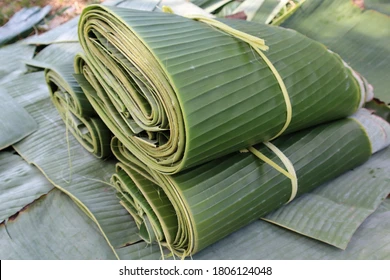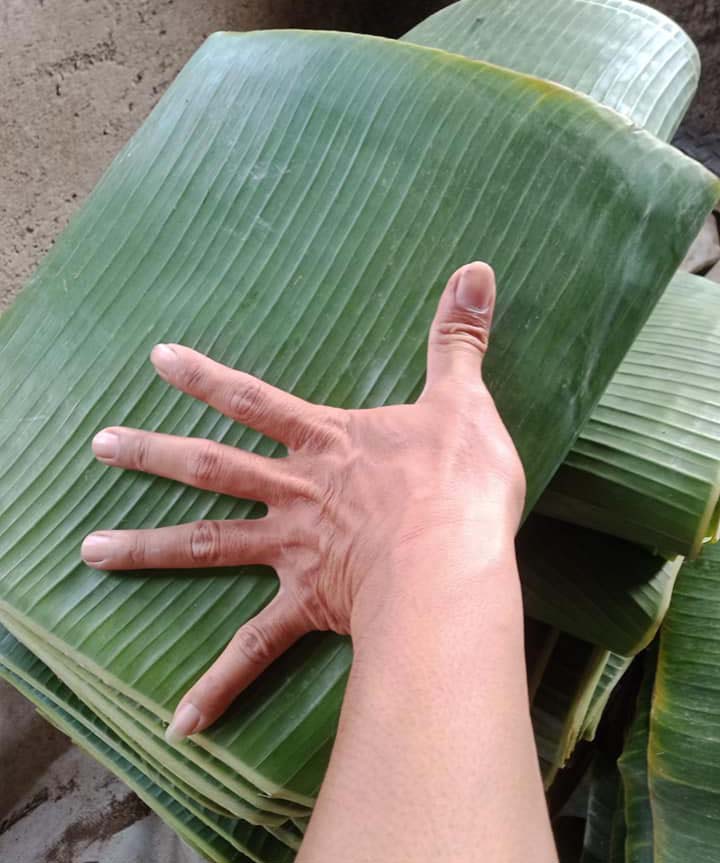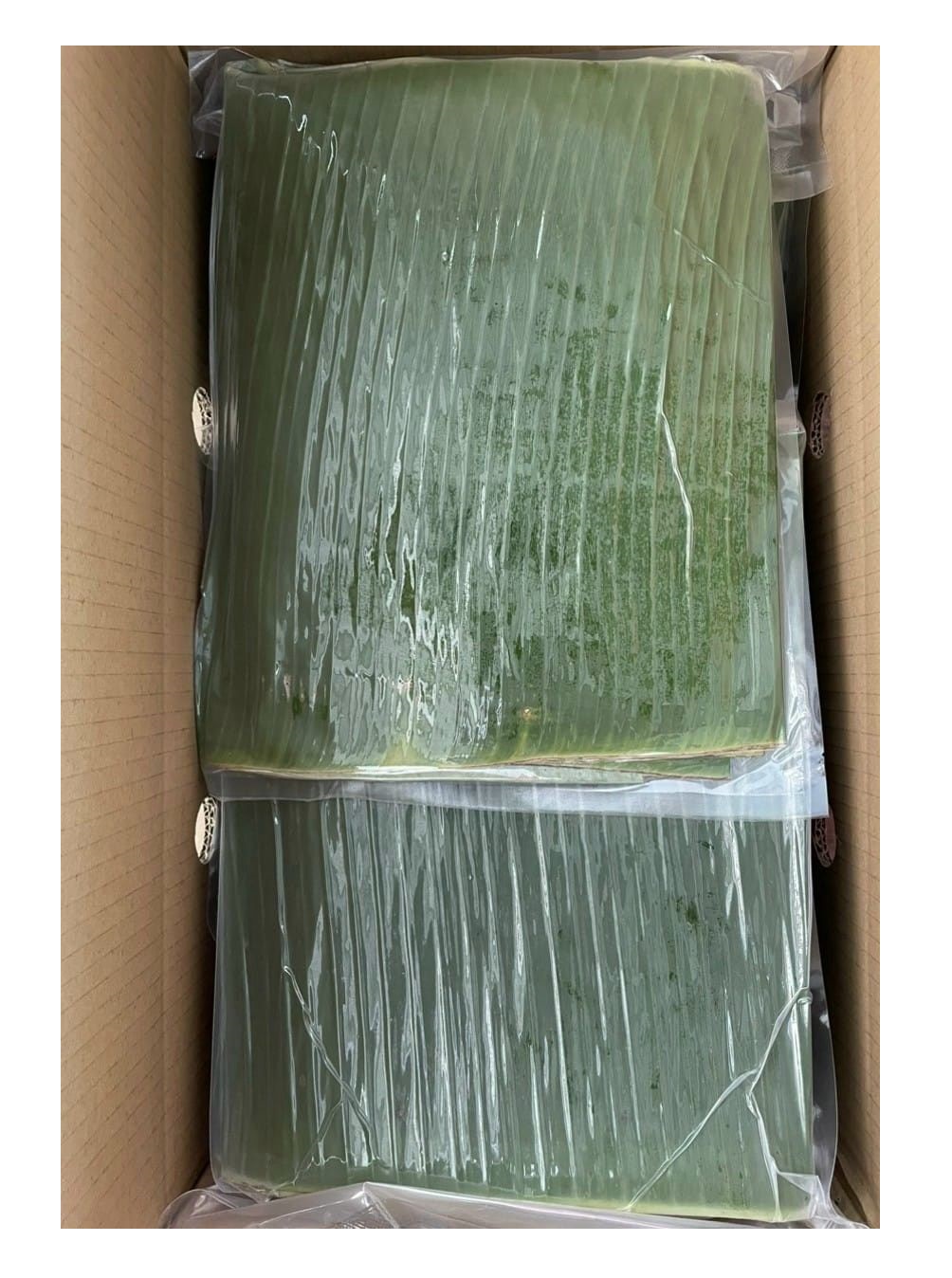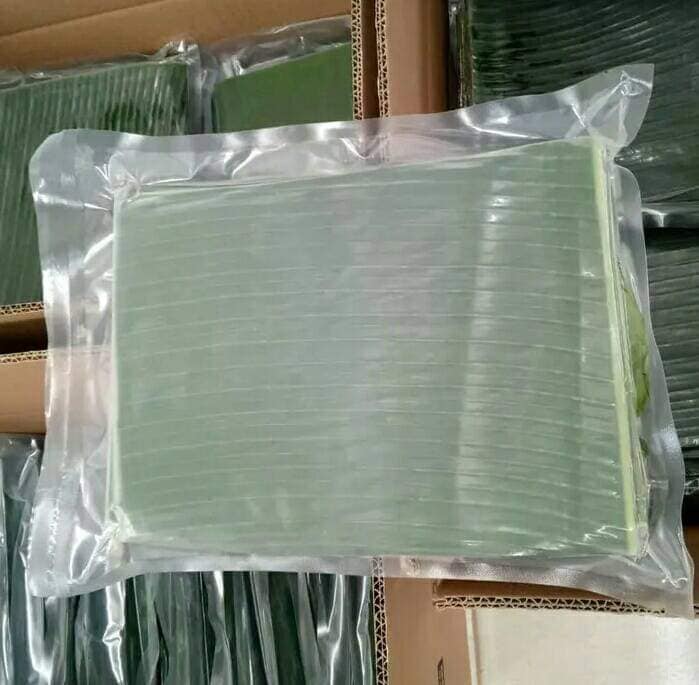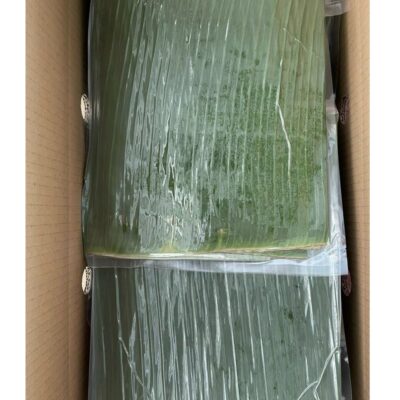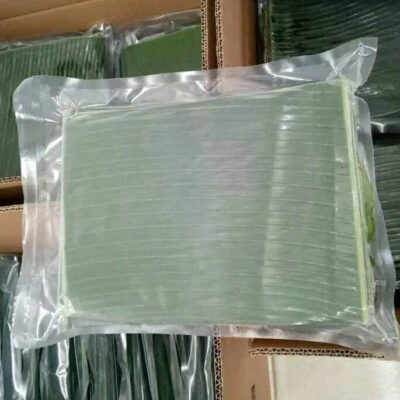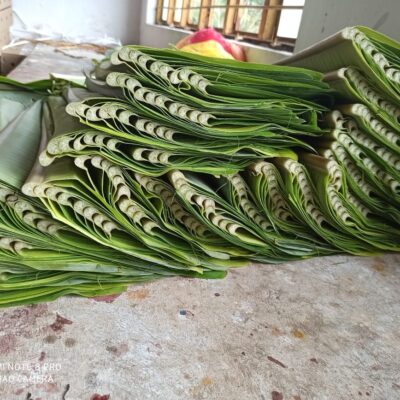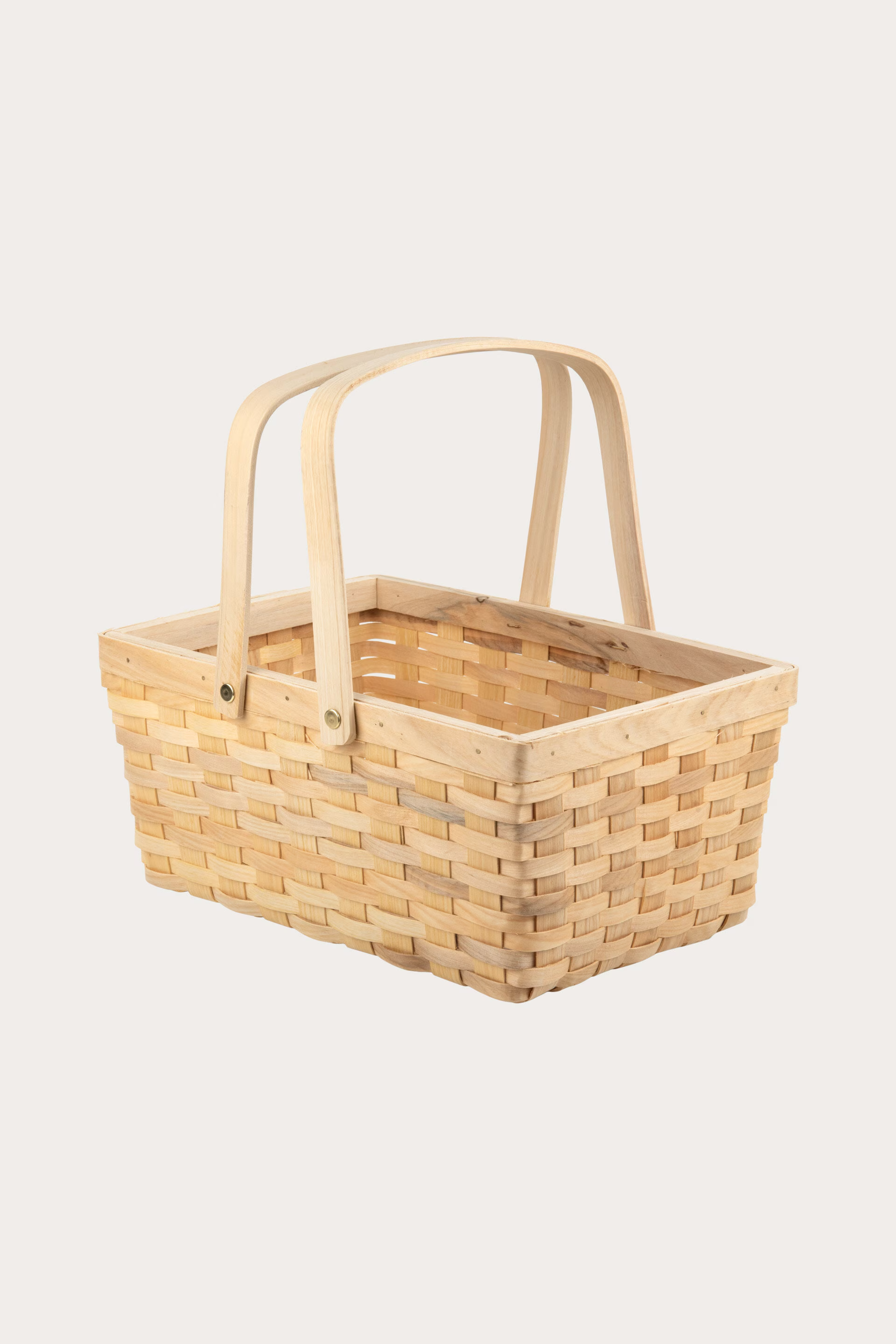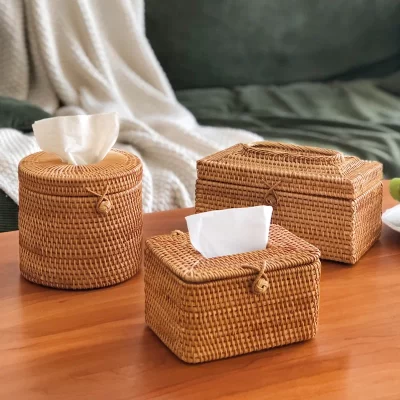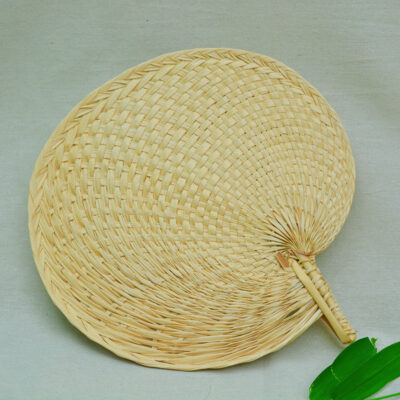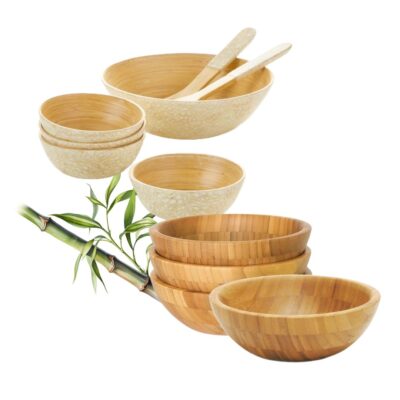Banana leaves are versatile and widely used in various cultures across tropical regions, valued for their practical and cultural significance:
- Culinary Uses: One of the primary uses of banana leaves is in cooking. They are often used as natural, eco-friendly plates or food wrappers, imparting a subtle aroma to the food. In Southeast Asia, India, and other tropical countries, banana leaves are used to wrap and steam foods like rice dishes, tamales, and fish, enhancing their flavor and moisture.
- Traditional Practices: Beyond culinary uses, banana leaves hold cultural importance. They are used in religious ceremonies, festivals, and special occasions as decorative elements or as offerings. Their symbolic significance varies across different cultures but often represents purity and auspiciousness.
- Practical Applications: Banana leaves are biodegradable and environmentally friendly. After use, they can be easily composted, contributing to sustainable waste management practices. Additionally, their large size and flexibility make them suitable for various craft and household uses, such as roofing material or as makeshift umbrellas.
- Health Benefits: In some traditional medicine practices, banana leaves are believed to have healing properties. They are sometimes used topically for treating minor wounds and skin conditions due to their purported antibacterial and cooling effects.
In conclusion, banana leaves exemplify both practical utility and cultural richness, playing essential roles in cuisine, traditions, and sustainable practices across tropical regions worldwide.

